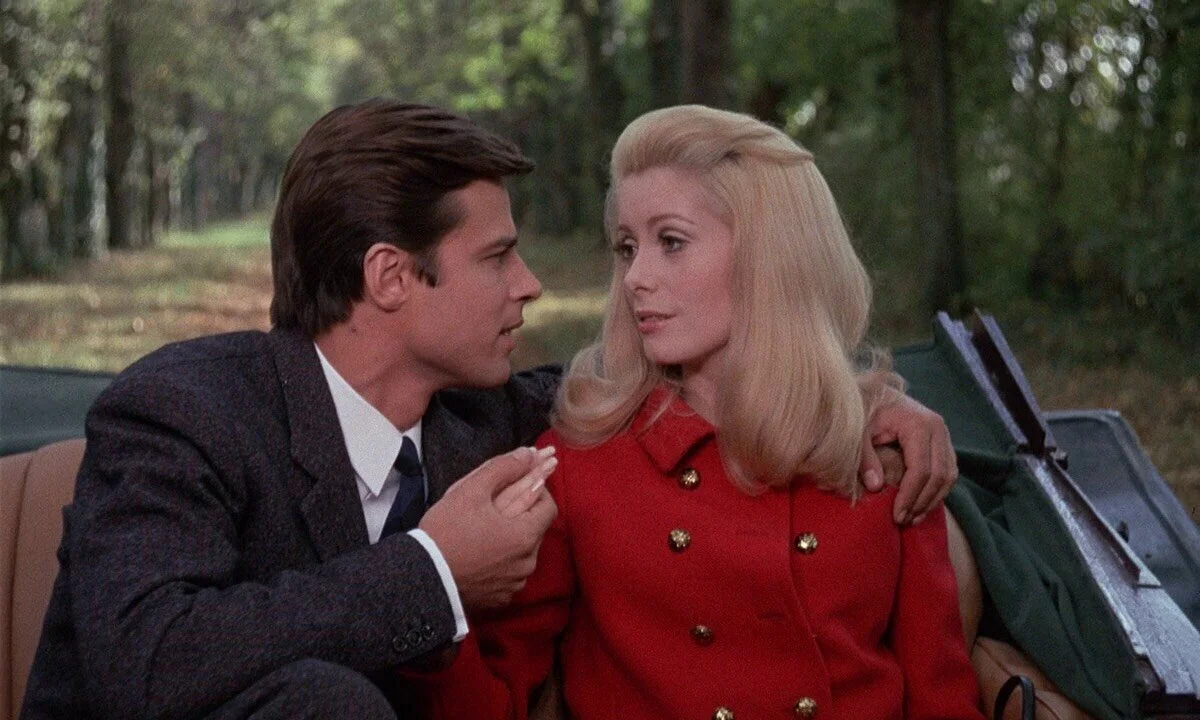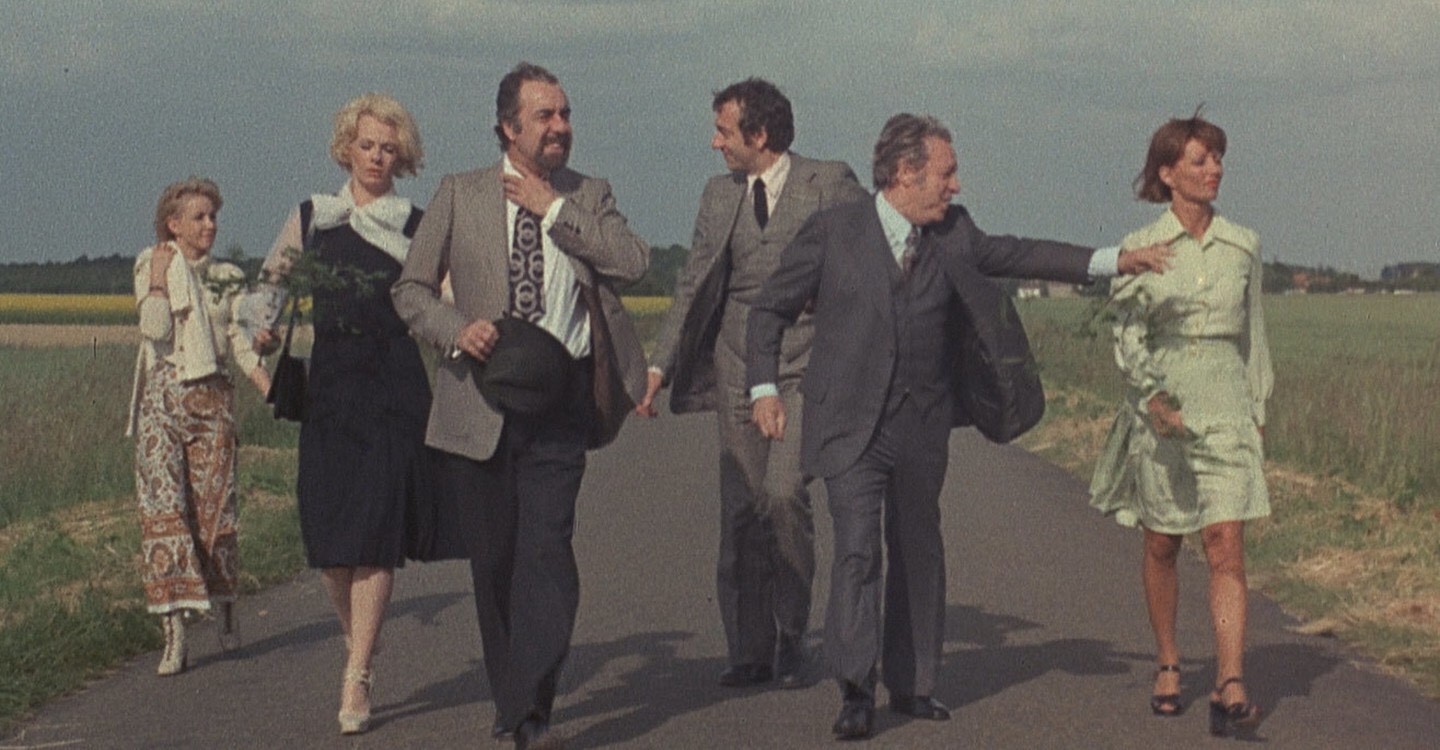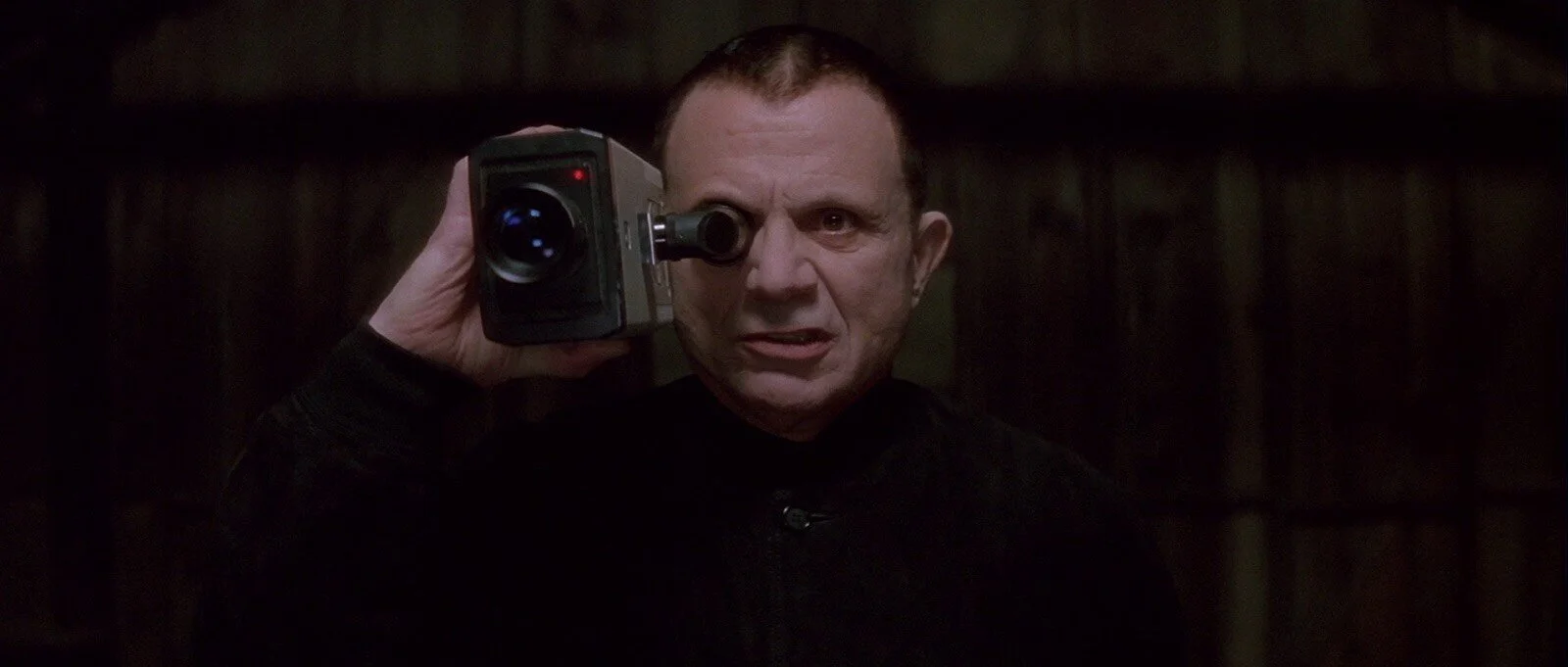Luis Buñuel
A film that is as mysterious and icy and its main character, Belle De Jour is another masterpiece in Luis Buñuel’s catalogue of work where his mischievous, surrealist style wonderfully married its complex source material. What we get is a film that functions at many levels. It is an erotic film. A character study. A surrealist film and a political film.
Séverine’s life is like something out of a fairytale: She’s young, rich and beautiful. She’s also married to a handsome doctor who loves her very much. But because this is a Luis Buñuel film, money and status only mask the character’s deeper issues. A closer look reveals Séverine’s struggle with frigidity, contrasted by wild erotic fantasies her mind drifts off to everyday. Very soon, her private fantasy life begins to bleed into reality as she secretly begins working as a prostitute in a brothel.
It’s interesting to point out that this film has no nudity and absolutely no simulated sex. Sex scenes always occur off-screen. There’s also no soundtrack to be heard. It is almost as if the film is mimicking the emotional distance of Séverine. Because the film is told from her perspective, what you see on-screen is only what she perceives to be important. The act of sex is not as exciting to her as is the thrill of breaking rules and going against cultural norms.
As we move further in the story, the line between fantasy and reality is blurred. What seems like a normal scene, abruptly deviates into one of Séverine’s fantasies and scenes that appear to be a set-up to another fantasy, go into subtle dramatic directions. Luis Buñuel funnels his irreverent surreal imagination through the mind of Séverine, while giving the film a distinct feminine quality.
For a film that pre-dated second-wave feminism of the 70’s, Belle De Jour is quite revolutionary in its portrayal of female sexuality. All of the women in this film are in control of their choices. Even in Séverine’s masochistic fantasies, she is the star of her own humiliations. The film shows us that there are consequences to every choice but it refrains from judging or punishing Séverine. For Buñuel, sex is too complex and spectral for it to be forced into the rigid confines of bourgeois sensibilities and religious morals. Buñuel is sympathetic to the sexual needs of both his male and female characters without vilifying either sex.
To conclude, Catherine Deneuve’s performance as Séverine is what ultimately holds all the excellent pieces of the film together. With minimal emotional expressions and pensive silences, Deneuve manages to give a sophisticated and unique performance, worthy of studying. Even from the opening scene, she is immediately likable, even as she remains a mystery. Beyond her obvious striking beauty there is a certain sadness in her eyes which stirs up a certain level of compassion from the audience. Combined with Séverine’s richly-written character, Deneuve gives probably the best performance of her career.
Belle de Jour
director LUIS BUÑUEL
year 1967
director of photography SACHA VIERNY
cast CATHERINE DENEUVE, JEAN SOREL and MICHEL PICCOLI
words HECTOR ORTIZ
What to read next








